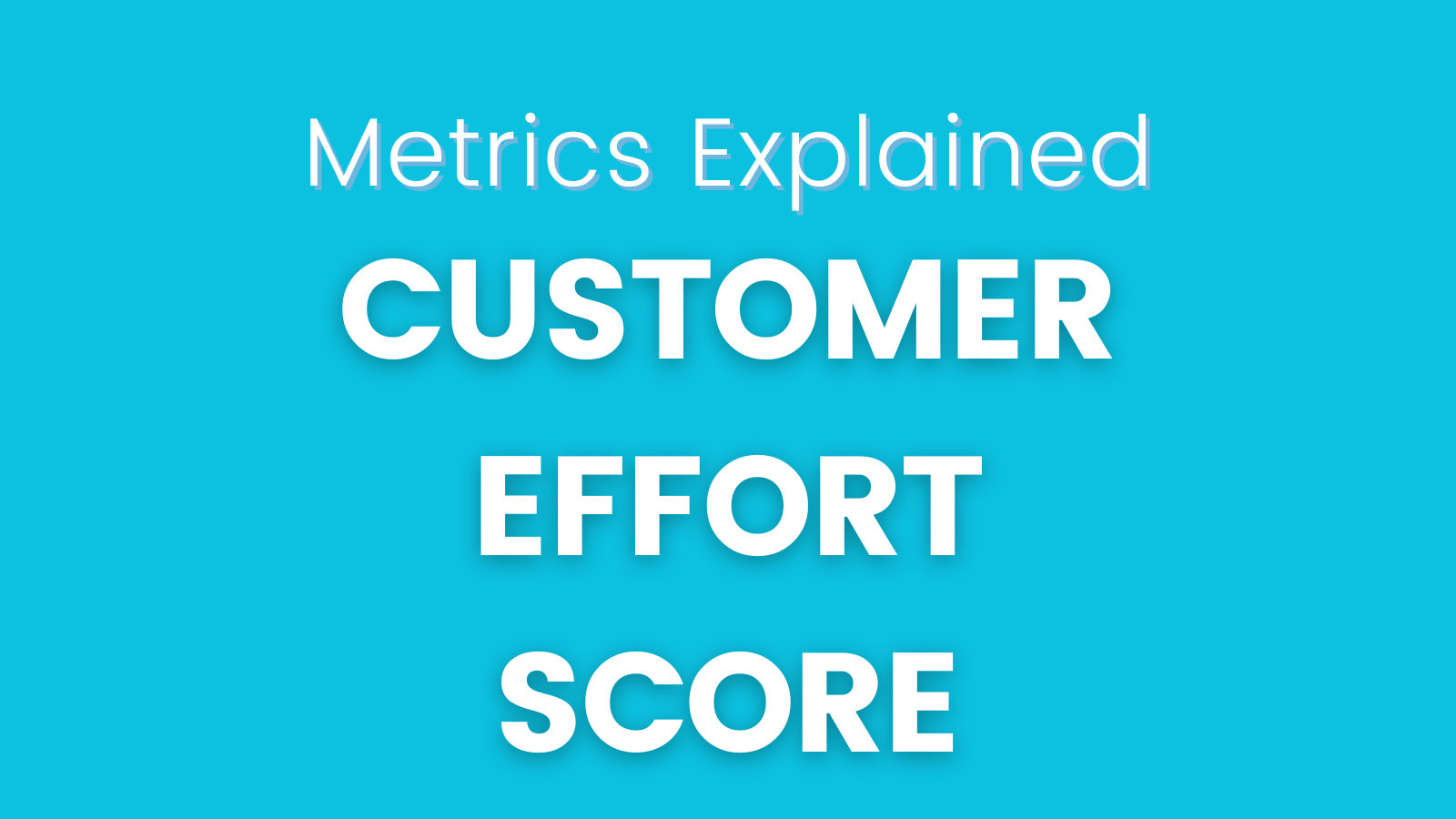As a specialist in product analytics, I am eager to explore the significance of Customer Effort Score (CES), a vital metric that offers profound insights into user experience and customer satisfaction. This article will delve into what CES represents, its implications for product performance, and how businesses can leverage this metric to enhance user experiences and drive loyalty.

What is Customer Effort Score (CES)?
Customer Effort Score (CES) is a metric that measures the ease with which customers can accomplish their goals while interacting with a product or service. It assesses the level of effort customers need to exert during their journey, encompassing tasks such as finding information, making a purchase, or resolving an issue. CES is typically measured using a single question: “How much effort did you have to put forth to complete your recent interaction with us?” Respondents provide ratings on a scale from “very low effort” to “very high effort.”
CES aims to identify areas where customers encounter friction or difficulty, aiming to reduce customer effort and improve the overall user experience.
Implications for Product Performance
CES holds significant implications for product performance and customer satisfaction. A high CES score suggests that customers are facing obstacles or challenges during their interactions, leading to potential frustrations and dissatisfaction. High customer effort can result in decreased customer loyalty, increased churn rates, and negative word-of-mouth.
On the other hand, a low CES score indicates that customers find interactions effortless and smooth, enhancing customer satisfaction and fostering brand loyalty.
Calculating Customer Satisfaction Score
Customer Satisfaction Score (CSAT) is a vital metric for businesses to measure the satisfaction of their customers. It is calculated based on the responses collected from a specific survey question that asks customers to rate their satisfaction on a scale. The formula to calculate CSAT is simple and effective:
CSAT Score (%) = (Number of satisfied customers / Total number of survey responses) * 100
Example: Let’s assume a company conducts a customer satisfaction survey and receives 500 responses. The survey question asks customers to rate their satisfaction with the company’s recent product purchase on a scale of 1 to 5. Among the responses, 400 customers rated their satisfaction as either 4 or 5, indicating satisfaction, while the rest provided ratings of 1 to 3, indicating dissatisfaction.
CSAT Score (%) = (400 / 500) * 100 = 80%
In this example, the CSAT score is 80%. This means that 80% of the surveyed customers reported being satisfied with their recent product purchase experience, while the remaining 20% expressed some level of dissatisfaction.
Interpreting the CSAT score allows the company to gain insights into customer sentiment and identify areas for improvement. A higher CSAT score indicates higher customer satisfaction, while a lower score highlights potential issues that require attention. Regularly tracking CSAT scores over time helps businesses measure the effectiveness of their efforts to enhance customer experiences and maintain customer loyalty.
Leveraging CES to Optimize User Experience
To leverage CES effectively, businesses must proactively identify areas where customers encounter high effort and address pain points. Analyzing CES data in conjunction with other metrics, such as customer support interactions or website navigation patterns, can provide a comprehensive view of customer experiences.
Moreover, businesses can conduct follow-up surveys or interviews with customers who report high effort scores to understand their specific challenges. This customer feedback can inform product improvements and optimizations that reduce friction and streamline interactions.
Example Scenario: A Mobile Banking App
Let’s consider a mobile banking app to illustrate the significance of CES. The app’s product team conducts a CES survey and discovers that some users reported a high effort score when attempting to reset their account password.
Upon further investigation, they found that the password reset process involved multiple verification steps, leading to customer frustration and confusion.
To enhance the user experience, the product team streamlines the password reset process, allowing users to reset their passwords with a simplified and secure one-time verification code.
As a result, the CES score shows a notable improvement. Users find the password reset process effortless, leading to increased customer satisfaction and reduced support queries.
Conclusion
In conclusion, Customer Effort Score (CES) stands as a vital metric in product analytics, providing profound insights into user experiences and customer satisfaction. CES reflects the level of effort customers need to exert while interacting with a product, highlighting potential areas for improvement and optimization.
CES serves as a compass guiding product teams toward customer-centric decision-making and strategic planning. By understanding CES and its implications, businesses can optimize their offerings, streamline interactions, and create products that resonate with customers, fostering loyalty and advocacy. In today’s competitive landscape, where user experience plays a pivotal role in customer retention and brand loyalty, CES stands as a powerful tool that drives product innovation and business success.
By embracing CES as a key performance indicator, businesses can pave the way for continued growth and prosperity. Analyzing CES data, understanding customer pain points, and implementing targeted strategies enable organizations to create products that satisfy customers and inspire them to become loyal advocates. As the product landscape continues to evolve, CES remains an indispensable metric for businesses seeking to thrive, enhance customer experiences, and position themselves as industry leaders in delivering exceptional user-centric solutions.
Check other metrics from our Metrics Explained series.





